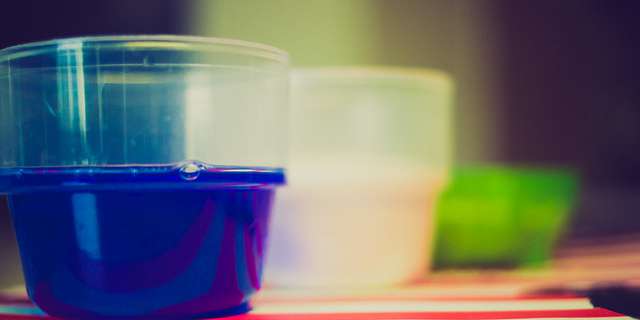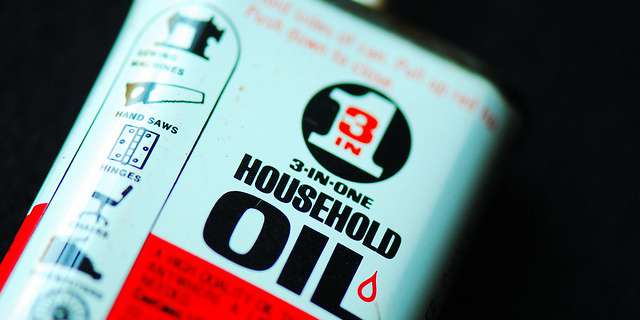Concrete is a common material used in many building structures. New options in color choices are expanding design options and increasing the popularity of concrete among consumers. Image Source: Flickr user Joey Carino
Summer is my favorite time of year to explore the beautiful area in which I live. Portland, Oregon is known as a “weird” little city that boasts eccentric doughnut shops, a unicycle riding bagpipe player, as well as architecturally beautiful buildings, bridges, and of course the breathtaking views of rivers and mountains that adorn our cityscape. Often referred to as Bridgetown or Bridge City owing to the bridges crossing the Willamette and Columbia rivers, many visitors stop to admire the intricate shapes, colors, and designs of these structures that connect our downtown area together.
Concrete is a major building material used in our city since it can be formed into nearly any shape, size, or color. Structurally sound and easily sourced, this material is popular in the architectural design features found in Portland and many other cities around the country. New technology in concrete color pigments offers even more versatility in this material by creating a wider range of color options to improve building design elements and features.
New options in concrete color pigments add visual and aesthetic appeal to many building projects, both commercially and residentially, which in turn is creating an industry that is growing at a steady pace. From building facades to stamped concrete patios, new options in colors are making concrete the preferred choice among many consumers today. As manufacturers work to meet consumer demands for quality and color options, top production facilities rely on advanced spectral analysis for quality control. While pigment color measurement does present challenges when it comes to consistency and repeatability, choosing the right instrumentation can alleviate common problems associated with powdered pigment measurement and provide the most accurate data in color measurement.
New color options in concrete pigments are developing a larger market for commercial sales and consumers are flocking to the new products offered. Image Source: Flickr’ user Tim Seay







